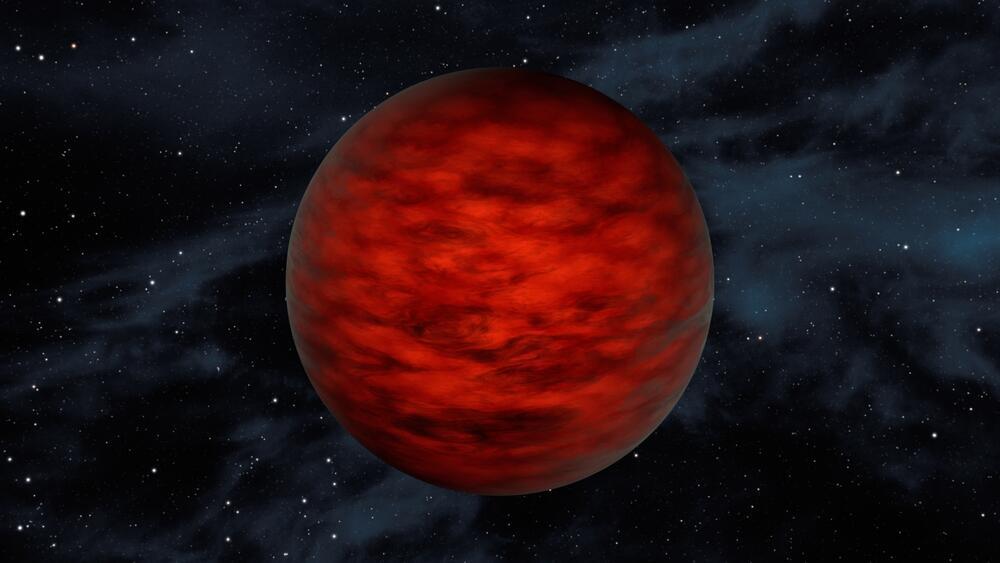Challenging our established ideas about the universe, an entity circling a star located 1,400 light-years away is causing quite a stir. Classified as a brown dwarf, this intriguing class of entities lies between planets and stars. However, what sets this brown dwarf apart is its incredibly close proximity to a scorching host star.
Read more:
This closeness results in a temperature surpassing a scalding 8,000 Kelvin (equivalent to 7,727°C or 13,940° F), which is so extreme that it causes the molecules in its atmosphere to disintegrate into individual atoms.
Differing remarkably from the relatively mild 5,778 Kelvin of the sun's surface temperature, this measurement is exceptionally scorching. The brown dwarf in question is not just a run-of-the-mill one; it has shattered temperature records, emerging as the most sizzling entity of its type uncovered thus far.
While brown dwarfs do exhibit higher temperatures compared to planets, they still lag behind the coldest red dwarf stars in terms of heat. These enigmatic entities, however, are incapable of achieving temperatures akin to those generated by the sun's internal fusion engines.
The entity has been christened WD0032-317B by an international consortium led by astrophysicist Na'ama Hallakoun from the Weizmann Institute of Science in Israel.
The discovery, the team says, "can help us understand what happens to Jupiter-like gas giants orbiting extremely hot, massive stars, the observation of which can be challenging due to the properties of the stars, such as their activity and rotation rate."Planets orbiting close to their stars are irradiated with vast amounts of ultraviolet light. This can cause their atmospheres to evaporate, and the molecules therein to be torn apart, a process known as thermal dissociation.
"We don't know a lot about this extreme environment, though. At such close proximity to a very bright star, signals from an orbiting exoplanet can be difficult to tease out from stellar activity," according to the team.
A brown dwarf resides in a realm between a planet and a star. With a mass approximately 13 times that of Jupiter, an object akin to a planet can amass sufficient pressure and heat in its core to trigger deuterium fusion.
Deuterium is a "heavier" form of hydrogen, demanding much lower temperature and pressure thresholds for fusion compared to the conventional hydrogen fusion that powers stellar cores.
Conversely, white dwarfs mark the ultimate phase in the life of stars akin to the sun. When hydrogen within the star's core is depleted, it expels its external layers. The core, devoid of fusion's outward pressure, contracts into an ultra-dense object roughly Earth-sized.
White dwarfs emit light due to residual heat, yet the culmination of their demise is incredibly dynamic – they become intensely hot, boasting temperatures akin to those found in blue supergiants.
Among all known planets and brown dwarfs, none surpasses the heat of WD0032-317B. This uniqueness not only adds to its remarkable nature but also positions it as an ideal subject for exploring the evaporation of lower-mass companions by extremely hot stars. Delving into entities like WD0032-317B, according to the researchers, contributes to comprehending exceptional outlier objects such as KELT-9b, which is an ultra-hot Jupiter that orbits the late B-type/early A-type star KELT-9, located about 670 light-years from Earth.



